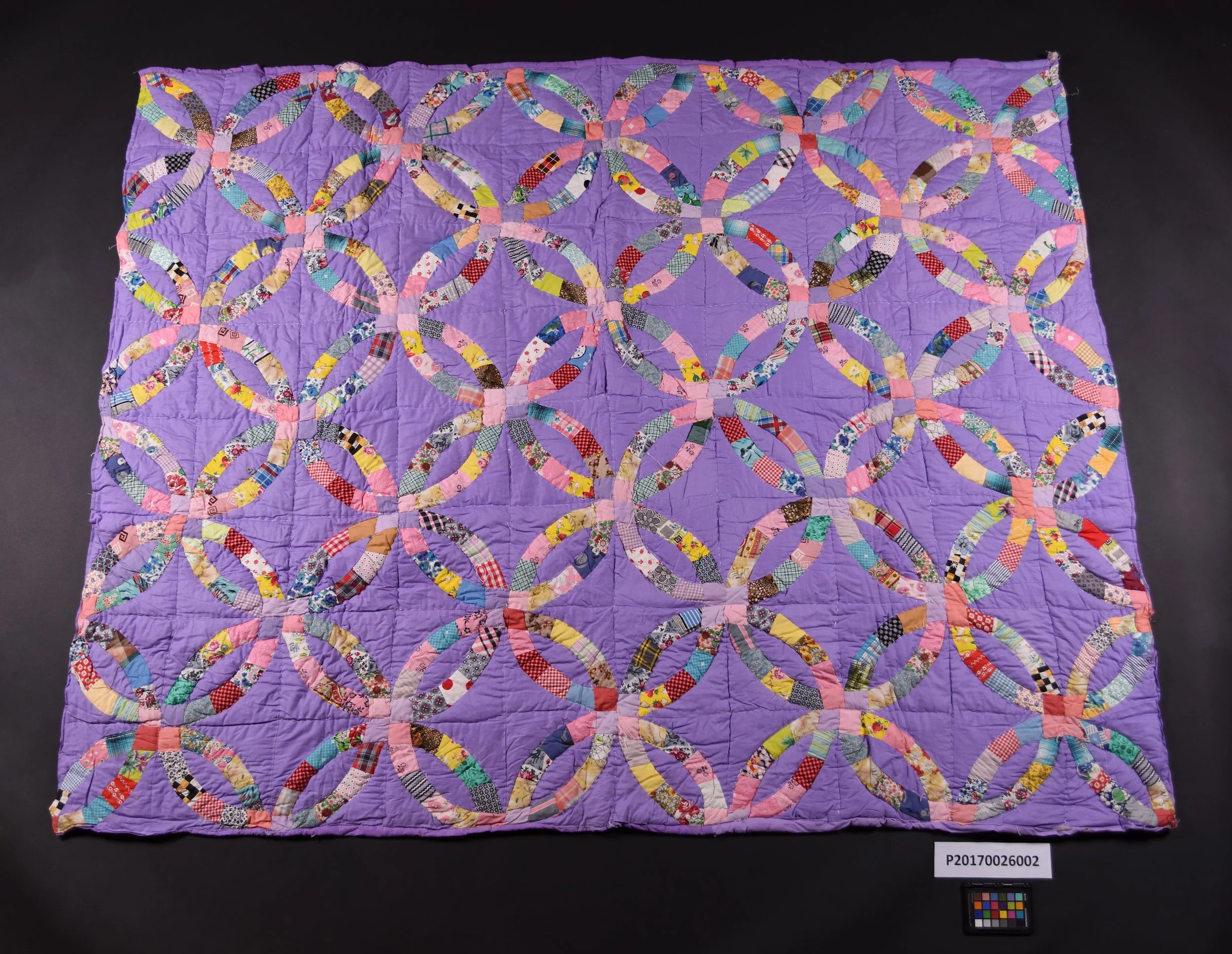Mother's Day
A Peigan woman riding a horse with travois and child, circa 1907.
Galt Museum & Archives, 19871034029
Two women identified as Ruth and Della stand together in front of Bertha Mountain, circa 1925.
Galt Museum & Archives, 20151083061
Each year on the second Sunday of May we celebrate Mother’s Day, spending time with Mom and treating her to a special meal, giving her a card, flowers or other gifts as symbols of our appreciation. Celebrations of mothers and motherhood have existed around the world for thousands of years, including the ancient Greeks and Romans who held festivals for their mother goddesses Rhea and Cybele.
In the early 1900s, Anna Jarvis had a dream of creating a holiday that drew attention to the efforts of mothers. In her view, too many American holidays were focused on the achievements of men and she wanted Mother’s Day to be added to the national calendar. She started a letter-writing campaign to newspapers and politicians. In 1914, President Woodrow Wilson officially declared the second Sunday in May as Mother’s Day.
Anna envisioned the day as a celebration of family relationships and suggested people wear a white carnation, visit their mother and attend church services. Flower, card and candy companies quickly commercialized the new holiday. This greatly upset Jarvis, who criticized and even launched lawsuits against these businesses and told people to stop buying Mother’s Day gifts. She even lobbied the government to remove it from the national calendar.
Margaret Ives with her daugher Magaret working in a garden circa 1914–1917.
Galt Museum & Archives, 19800118005
There are many mothers in southern Alberta that deserve recognition for their contributions to their families and their communities. One southern Albertan mother to remember this year is Jane Stafford (née Gibb), fondly called the “mother” of the town of Coalbanks. Jane was born in Scotland in 1843 and came to southern Alberta in 1883. Jane was the mother of 14 children. She is known for crossing an icy river to get to Fort Macleod and help a friend, Mrs. H. F. Greenwood, at the birth of her child. Jane is also well known for looking out for other early settlers in the community, welcoming people with a cup of tea. The Stafford family home commonly hosted community gatherings such as picnics, skating parties and musical events. Jane died in 1925 and is buried in Lethbridge.
You can learn more about the legacy of women in Lethbridge and southern Alberta by exploring the documents, materials and photographs in the Galt's online database at collections.galtmuseum.com.












Dr. Frank Hamilton Mewburn was a wiry and fiery surgeon, politician, army officer, and university professor who greatly contributed to the development of Lethbridge. Mewburn came from a long ling of medical professionals, graduating from McGill University in Montreal in 1881.